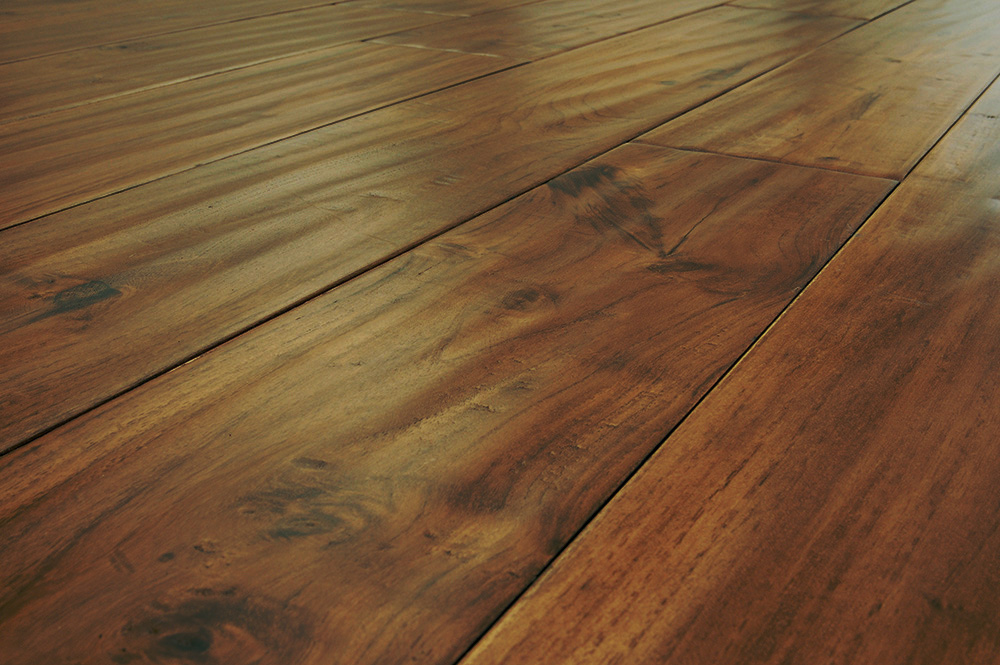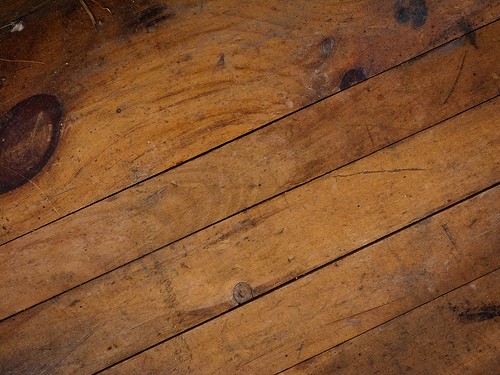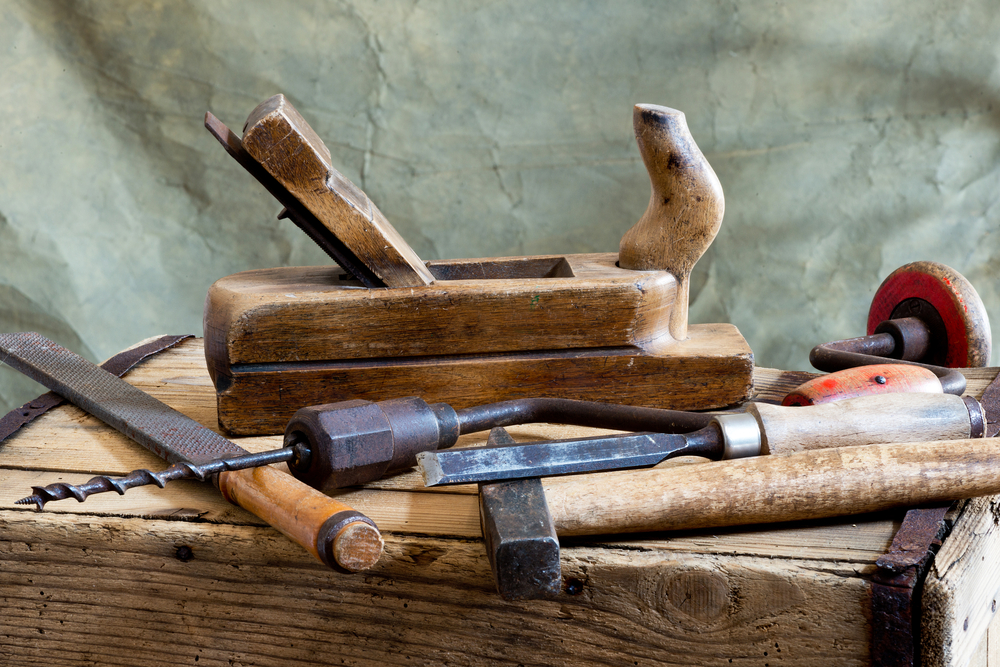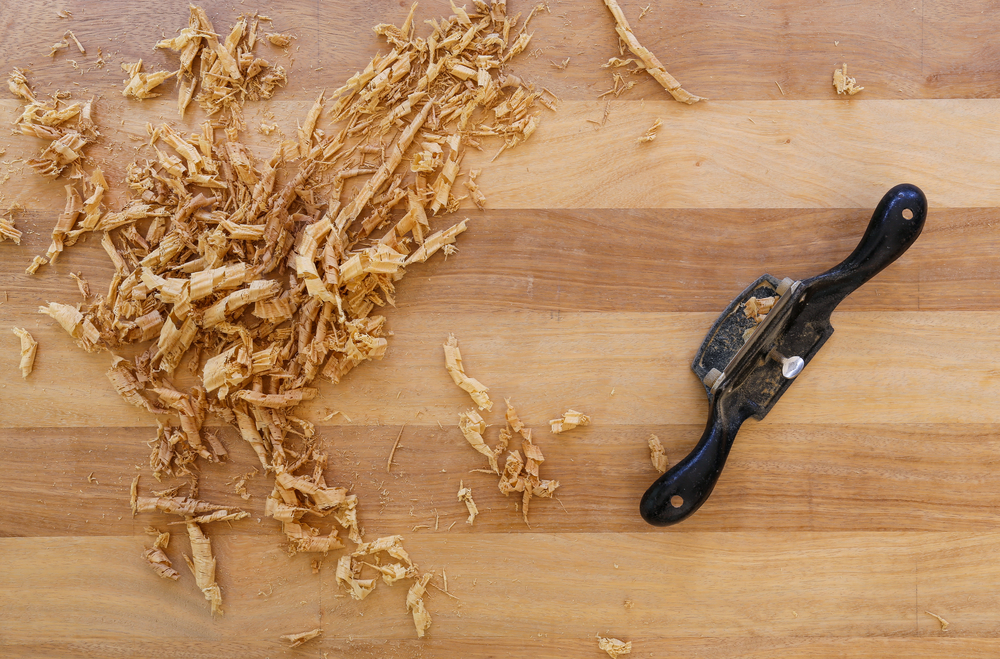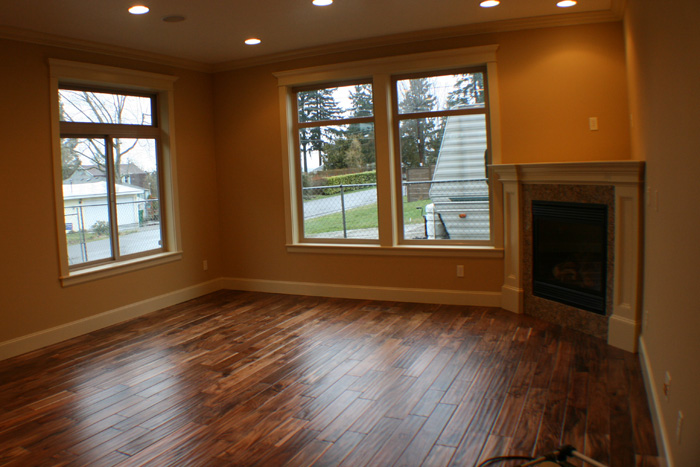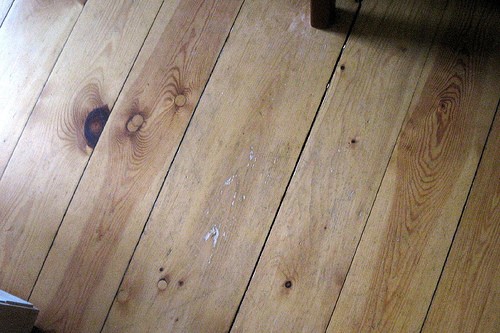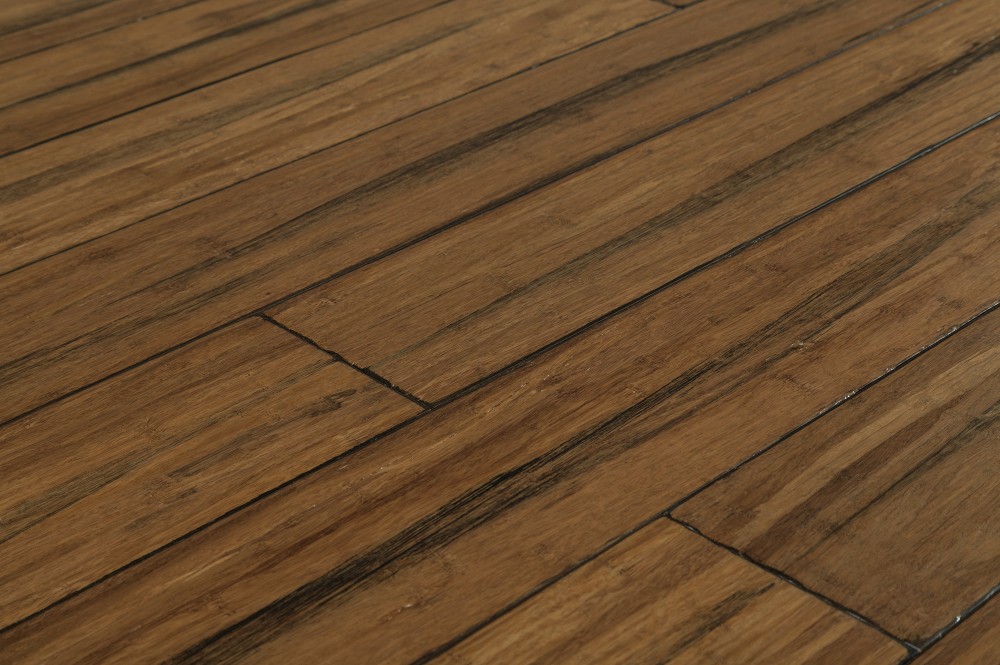The 5 W’s of Handscraped Hardwood
Handscraping hardwood floors is the oldest way to sand a floor. But when modern finishing and sanding techniques were invented and smooth, shiny hardwood floors became desirable and sought after, handscraping fell out of favor. However, the look is now gaining popularity again, as people enjoy the casual, rustic, and lived-in style that handscraped hardwood brings to a home.
What Is Handscraped Hardwood?
Handscraped hardwood floors are a current trend that leaves distinct groves and marks on a floor, giving a room warmth, history, and personality. By opting for handscraped hardwoods, homeowners can make their brand-new floors look like they’re 100 years old. This style of flooring goes well in any type of home, from rustic cabins to cozy family homes. Since the floor is handscraped to look older than it really is, it’s also ideal for historic homes. Even though the boards are scraped and marked, they still maintain their strength and durability.
When Did Handscraping Become Popular?
When colonial Americans began building their new homes, the only flooring option available to them at the time was wood. They typically installed wide planks that were 8 to 15 inches wide in the rooms that had more foot traffic, with narrow planks, 2 to 4 inches wide, in the formal rooms.
Woodworkers had to mill and sand these boards by hand, and even though they were very skilled, they still left subtle marks from their saws and chisels. Over time, these marks would change the texture of the floor as the family lived in the home. Today, homeowners choose to have the same handscraped technique applied to their floors so they can enjoy a floor that showcases a distinct character and a warm, lived-in look.
Who Makes Handscraped Hardwood?
At one time, only skilled flooring craftsmen performed handscraping. While there are no standard tools for artisans to use, the most typical tools are knives, hand planes, hammers, metal gouges, and chisels. Craftsmen can hand-scrape the hardwood either off-site, before the floor installation begins, or on-site, after installation. They scrape with the grain and avoid knots for the best look.
Since individual craftsmen will have developed their own techniques over the years, the flooring they scrape will always have its own unique look, and no two projects will look the same. Because this process is done by hand, it takes quite a bit of time to complete, and it is rather expensive.
Today, some manufacturers also use machinery to create the handscraped look. During this process, a machine uses sanding wheels and blades to skim the wood’s surface and create rows of indentations. The manufacturer can vary the equipment’s rotation to change the size and depth of the indentations, then stain and finish the wood to enhance its looks. However, this process can’t create unique effects as when hardwood is truly scraped by hand.
How Is Handscraped Hardwood Made?
While it may seem as if craftsmen create handscraped hardwood by beating the boards with whatever instrument they have on hand, they’ve actually created their own special process. They use tools such as chisels, hammers, saw blades, and chains to create cracks and dents in the boards.
They can also use wire brushes to add texture to the floor, achieving a bullet-hole effect by hammering nuts and bolts into the board and pouring liquid metal inside. If they want to add the look of a wormhole, they can use ice picks or drills. Some craftsmen even use a broken beer bottle to create a crystallized effect on the floor.
After finishing making the marks, they accentuate them by adding resins, fillers, inks, dyes, or acids. For example, adding a resin to a knothole creates the appearance of sap. Also, putting a dark stain on the floor accents its indentations. By applying different colors of stains and scraping off random sections, craftsmen can give the floor an antique look. After the handscraping is complete, it’s up to the installer to decide where to place the boards.
Why Go With Handscraped Hardwood?
There are many reasons why you might choose to go with handscraped hardwood in your home. If you have kids, you can opt for this look and enjoy not having to cringe every time they bang a toy on the floor. Plus, if you have pets, you know that any scratches left from claws will blend in with the handscraping.
Since authentic handscraping is a labor-intensive and time-consuming process, you’ll have to pay a higher price for the look. As a result, you might enjoy the status that goes along with this custom floor. Finally, you might choose to go with the handscraped hardwood look because of the warmth and personality that it adds to a room. Handscraped hardwood is also a great choice if you’re renovating an older home and looking for period-correct flooring.
What Species of Wood Are Used in Handscraped Hardwood?
Handscraping is an option for both solid hardwood floors and engineered hardwood floors. While some solid hardwoods stand up to handscraping better than others, it’s possible to handscrape all major types of wood. Domestic species such as oak, pecan, hickory, pine, and walnut all stand up well to handscraping, and they are some of the most popular choices. However, some domestic species such as maple and teak are hard to work with and don’t always look good when distressed. While some exotic woods are also difficult to scrape because they’re so hard, it’s not unusual to find handscraped species such as bamboo.
Engineered wood is made by pressing or gluing several strips of wood together to form a single plank. While engineered wood is a little less durable than solid hardwood, it’s easier to get this type of flooring in wide planks. Plus, even if you damage engineered hardwood flooring, it’s possible to resand it without losing too much of its texture.
However, if the floor has major gouges or blemishes, it might be necessary to sand the floors and have them handscraped again. Depending on how thick the board is, you might be able to sand and refinish your floors three to five times before you need them handscraped again.
Whether you want a unique look in your home, want a floor that can hide wear and tear from kids and pets, or want a floor that matches the style of a historic home, handscraped hardwood might be the perfect option for you. When you’re deciding whether this is the right style for your home, make sure you consider the time, the cost, and the look of handscraped hardwood floors.
Wondering where you can browse handscraped hardwood? Visit our site for a wide selection of handscraped hardwood, including bamboo, engineered hardwood, and more.

